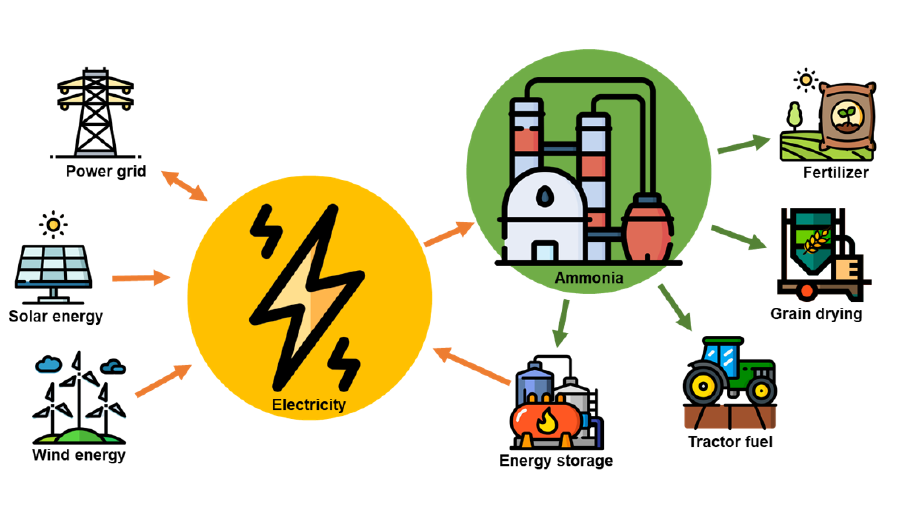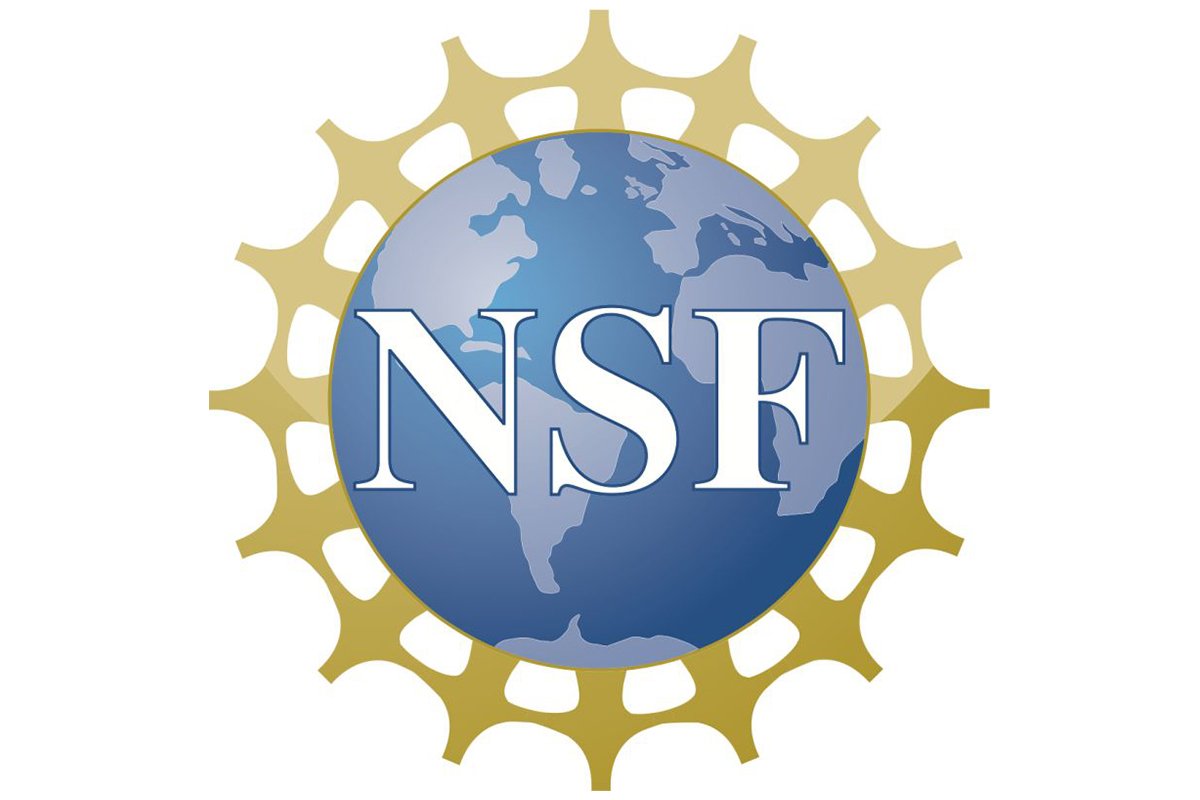Systems Engineering
Systems research in CEMS encompasses the analysis and optimization of system-wide behavior of (i) chemical and biological systems, (ii) chemical, materials and energy processes, and (iii) supply chains of fuels and chemicals. It is synthetic and integrative in nature and relies on fundamental advances in the underlying science and mathematical and computational methods to decipher complex interactions and design for desired performance. CEMS faculty lead pioneering research efforts in mathematical modeling and simulation, process design, synthesis, optimization and control, and systems biology.
Modeling & Simulation

Mathematical modeling and computational methods are powerful tools of systems engineering. These provide a means of obtaining fundamental insights necessary to enable advances in many modern processes, and the sphere of accessible problems continues to enlarge with the rapid evolution of computers and numerical methods. We develop and apply a variety of mathematical and numerical methods, including finite element analysis, sequential-modular and equation-oriented chemical process simulators, optimization algorithms, advanced control, molecular simulation, machine learning, and artificial intelligence.
Related Faculty and Research Groups:
- Chris Bartel – Bartel Research Group
- Turan Birol – Birol Research Group
- Prodromos Daoutidis – Daoutidis Research Group
- Jeff Derby – Derby Research Group
- Kevin Dorfman – Dorfman Research Group
- Satish Kumar – Kumar Research Group
- David Morse – Morse Research Group
- Matthew Neurock – Neurock Research Group
- Sapna Sarupria – Sarupria Research Group
- J. Ilja Siepmann – Siepmann Research Group
- Qi Zhang – Zhang Research Group
Optimization & Control

Computational decision-making tools are essential in the design and operation of complex systems. We use mathematical optimization and advanced control as the basis for the development of such methods that can systematically and efficiently navigate large intricate decision spaces. In addition, we combine optimization and control methods with approaches from related fields, such as statistics, machine learning, network science, and game theory. We consider problems at multiple scales (from the molecular to the supply chain level) and address, often in multidisciplinary teams, applications in various areas including advanced manufacturing, sustainable energy systems, materials design and processing, reaction engineering, and biotechnology.
Related Faculty and Research Groups:
Sustainable Systems

We develop pioneering analysis and decision-support tools towards decarbonizing the power, industrial, and agricultural sectors. These tackle systems-level challenges on the design of energy systems which use low-carbon energy sources, the chemical storage of renewable energy, the energy efficiency and electrification of the chemical industry, the engineering of green chemicals and fuels, the production and deployment of green fertilizers, and the design and management of circular water and nitrogen systems.
Related Faculty and Research Groups:
Systems Biology Engineering

Systems biology engineering integrates biology, chemistry, and physics with engineering and design principles to tackle problems associated with the environment and healthcare. Our research efforts include sustainable production and transformation of resources to biofuels, polymers, food, and pharmaceuticals. This includes developing optimization and control strategies for metabolic engineering and regulating cellular decision-making. We also apply systems biology approaches to analyze and optimize system-wide behavior of chemical and biological systems in an effort to engineer next-generation therapeutics and drug delivery systems.
Related Faculty and Research Groups:
- Natalie Boehnke – Boehnke Research Group
- Victor Barocas – Barocas Research Group
- Prodromos Daoutidis – Daoutidis Research Group
- Ben Hackel – Hackel Research Group
- Wei-Shou Hu – Hu Research Group
- David Odde – Odde Research Group
- Hans Othmer – Othmer Research Group
- Casim Sarkar – Sarkar Research Group
- Qi Zhang – Zhang Research Group
Relevant Collaborative Partners and Core Facilities
The University of Minnesota provides excellent computing resources and services to support our computational systems research. In particular, the Minnesota Supercomputing Institute, located in Walter Library just a short walk away from Amundson Hall, houses three high-performance computing clusters, providing more than 80,000 CPU and GPU cores to research groups at UMN, along with extensive cloud computing, data storage, and dedicated staff to foster the computational needs of UMN researchers.
Research in systems engineering at CEMS is highly interdisciplinary. We collaborate with researchers from many departments across the university (CS, ISyE, Chemistry, Physics, BME, ME, ECE, Public Policy, etc.) as well as research centers such as the UMN Materials Research Science and Engineering Center, NSF Center for Sustainable Polymers, UMN Genomics Center, Center for Metabolomics and Proteomics, and Masonic Cancer Center. The greater UMN system provides additional resources and opportunities for collaboration in Minnesota; these include the West Central Research and Outreach Center in Morris, which is home to the world’s first green ammonia pilot plant, and the National Resources Research Institute in Duluth. We also work closely with industrial partners from companies such as Dow Chemical, Shell, Linde, Xcel Energy, Genentech, and Merck, to just name a few.
Major Funding Sources
Selected Publications
+
From Amundson, Aris, and Sargent to the future of process systems engineering
This paper provides a perspective on the field of process systems engineering (PSE) by tracing its evolution back to the pioneering work of Neal Amundson, Rutherford Aris, and Roger Sargent, and highlighting their legacies that continue to guide research in PSE to this day. Read More… Related Faculty: Prodromos Daoutidis, Qi Zhang |
+
An approximate block Newton method for coupled iterations of nonlinear solvers: Theory and conjugate heat transfer applications

This work proposes a new, approximate block Newton (ABN) method, which is tested for the coupled solution of nonlinear models, each of which is treated as a modular, black box. Such an approach is motivated by a desire to maintain software flexibility without sacrificing solution efficiency or robustness. The method is demonstrated on several conjugate heat transfer problems modeled after melt crystal growth processes. Read More… Related Faculty: Jeff Derby |
+
Broadly accessible self-consistent field theory for block polymer materials discovery

Self-consistent field theory (SCFT) is a powerful tool for the design and interpretation of experiments on block polymer materials. This perspective presents a pedagogical introduction to an improved version of the open-source Polymer Self-Consistent Field software package and of the underlying theory. In addition, it discusses methods for generating robust initial guesses for the fields that are computed in SCFT. Read More…
Related Faculty: Kevin Dorfman, David Morse, Frank Bates
+
A unified framework for adjustable robust optimization with endogenous uncertainty

This work proposes a framework for multistage adjustable robust optimization that unifies the treatment of three different types of endogenous uncertainty, where decisions, respectively, (a) alter the uncertainty set, (b) affect the materialization of uncertain parameters, and (c) determine the time when the true values of uncertain parameters are observed. It provides a systematic analysis of the different types of endogenous uncertainty and highlights the connection between optimization under endogenous uncertainty and active learning. Read More…
Related Faculty: Qi Zhang
+
Dissipativity learning control (DLC): Theoretical foundations of input–output data-driven model-free control

Data-driven, model-free control strategies leverage statistical or learning techniques to design controllers based on data instead of dynamic models. This work analyzes the statistical conditions on dissipativity learning that enable control performance guarantees and establishes theoretical results on performance under nominal conditions as well as in the presence of statistical errors. Read More…
Related Faculty: Prodromos Daoutidis
+
Rule-based generation of thermochemical routes to biomass conversion

In this paper, a computational tool, called Rule Input Network Generator (RING), is presented as a platform for modeling diverse homogeneous and heterogeneous chemistries in biomass conversion and automatically generating the underlying complex reaction networks. RING accepts a set of reaction rules and initial reactants as inputs and exhaustively generates the reactions of the system. The reaction center of an elementary step is represented by a SMARTS-like string and identified as a submolecular pattern in a reactant molecular graph using a pattern-matching algorithm. Read More…
Related Faculty: Aditya Bhan, Prodromos Daoutidis
+
Harnessing the wind power of the ocean with green offshore ammonia

Currently, most planned offshore wind projects consider constructing the wind farms relatively close to the coast while there is vast untapped potential over the open ocean where wind velocities are significantly higher. However, transmitting electricity generated far from shore to onshore demand points is a major challenge since using submarine power cables for long distances can be prohibitively expensive. This work proposes and analyses the techno-economic viability of using offshore wind energy to directly produce green ammonia that can then be shipped to shore. Read More…
Related Faculty: Prodromos Daoutidis, Qi Zhang
+
A hybrid mechanistic-empirical model for in silico mammalian cell bioprocess simulation

This work considers the construction of a hybrid mechanistic-empirical bioprocess model that integrates a mechanistic metabolic model with subcomponent models for cell growth, signaling regulation, and the bioreactor environment for in silico exploration of process scenarios. Model parameters are optimized by fitting to a dataset of cell culture manufacturing process which exhibits variability in metabolism and productivity. The optimized model captures the dynamics of metabolism and the variability of the process runs with different kinetic profiles and productivity. Read More…
Related Faculty: Wei-Shou Hu, Qi Zhang, Prodromos Daoutidis
+
Massively parallel pooled screening reveals genomic determinants of nanoparticle delivery

Nanoparticles are increasingly being tested as vehicles for delivering therapeutics, and some are already in clinical use for cancer chemotherapy. However, there are a multitude of possible nanoparticle formulations with different physical and biological properties, and it is not readily apparent which ones would be best in a given disease setting. Using a high-throughput screening method, this research identifies some features of the cancer cells and nanoparticles that could predict successful nanoparticle delivery, which should facilitate further therapeutic advances. Read More…
Related Faculty: Natalie Boehnke




